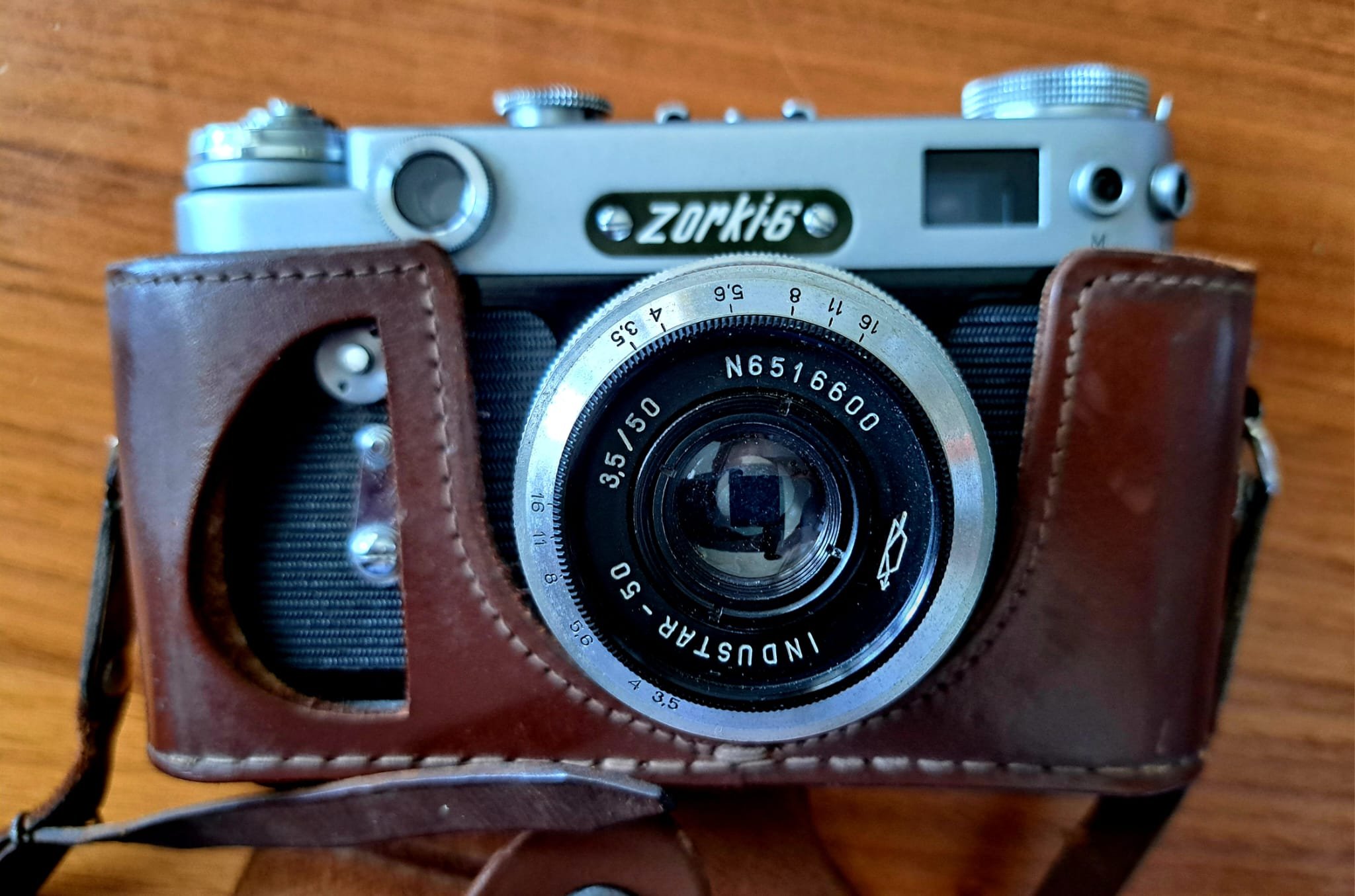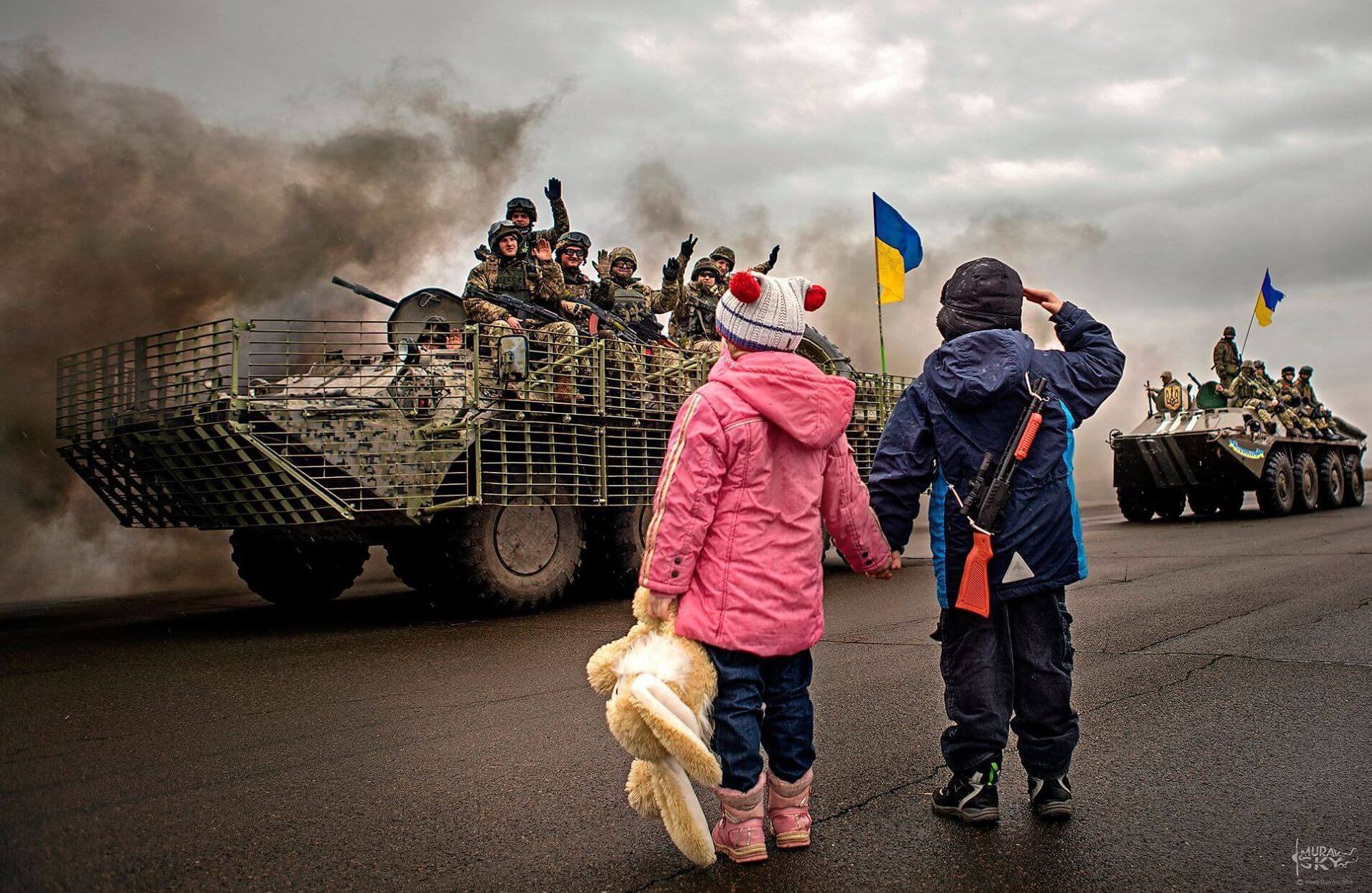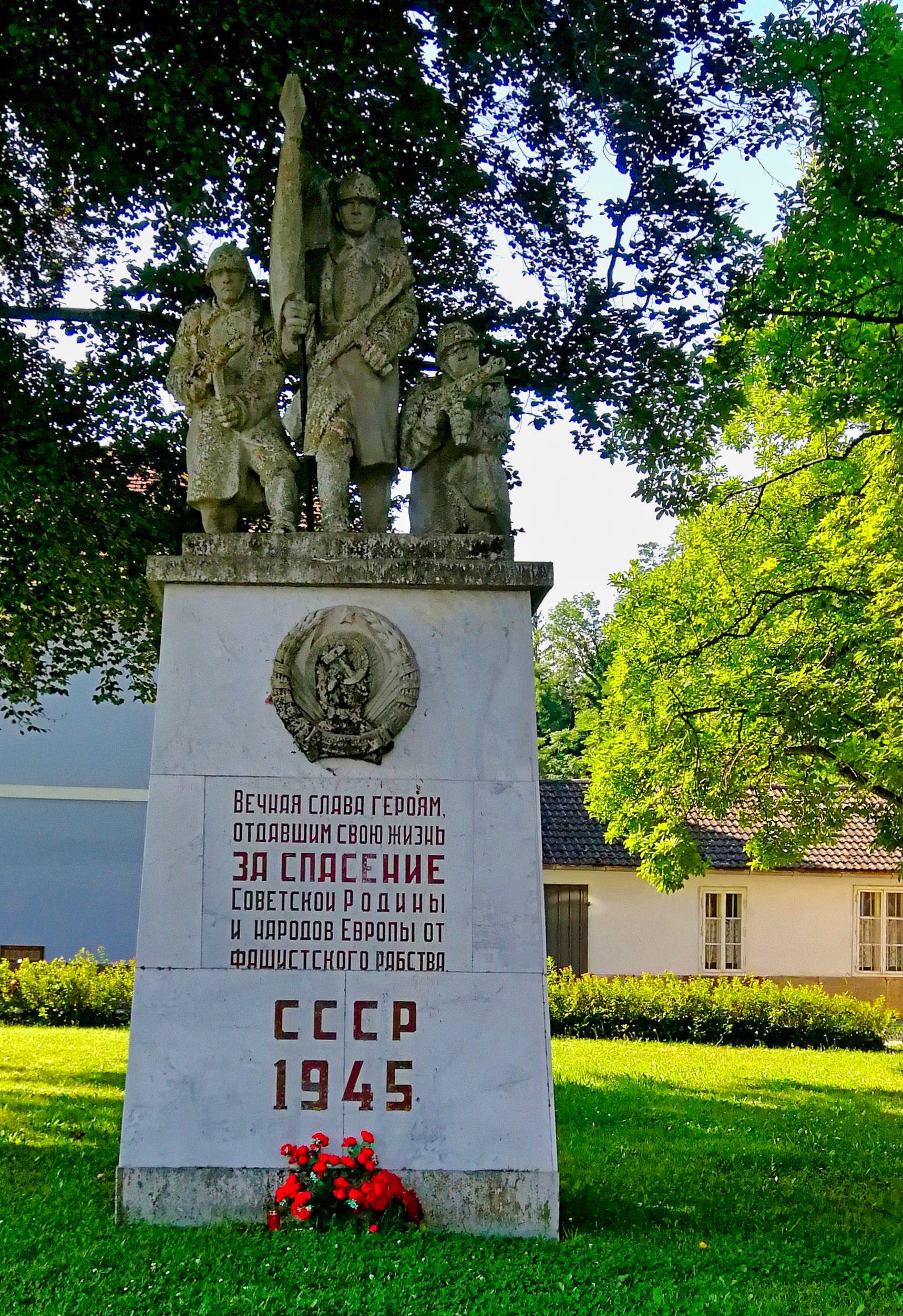🕰️ The Forgotten Camera from Szabadság út
/🛍️ The Find: A Camera Waiting
It wasn’t just any antique shop — it belongs to my friend Dániel, whose little store in rural Hungary in Szentgothard is more like a cabinet of curiosities than a business.
I stop by often, not really looking for anything, and yet I always find something.
That day, it was a Zorki 6.
Sitting there quietly, as if it had been waiting just for me.
Five euros. I didn’t even check if it worked. I just took it home.
🎞️ Inside: A Hidden Story
When I opened the back, I froze.
Inside:
A roll of Fujicolor 200, still wound.
A shop label: Fóteservice Zombori – Szabadság út 30 – Nagyréde.
The label, sun-bleached and curled at the corners, was like a name tag from the past. The film, who knows how old. And the address — still there, still real. The house stands to this day. A plain gable-roofed home that once doubled as a photo lab and shop, tucked into a small Hungarian village.
The Shopfront
With the help of Google Street View, I found the address.
A modest, white village house with a steep gable roof. Today, it’s just another family home. But back in 2011 — and likely much earlier — you can still see the large window facing the street, the kind typical of small Hungarian szolgáltató üzletek (service shops).
It’s easy to imagine the scene:
A teenager walks in, clutching their first roll of Kodak Gold.
An older man brings his Zenit for repair.
A woman waits patiently while the clerk checks her photos, film envelopes spread out like tarot cards.
The Camera’s Timeline
The Zorki 6 was made between 1959 and 1969 — born in the Khrushchev era, a time when the Soviets still loomed over Hungary, and private life was quietly documented on film. It’s a Leica clone, made in the USSR, rugged, basic, and honest. A camera for ordinary people with extraordinary stories.
What If…?
We’ll never know who last held this camera with intention.
Did someone in Nagyréde load that roll and then forget?
Was it ever used? Or was it a gift never opened?
We can imagine a boy named László.
He’s 17, in 1971. The shop just started carrying color film.
He dreams of Budapest, of trains, of something beyond the flat fields.
He loads the Zorki. Shoots one frame. Then another.
Then something happens — life, conscription, emigration, or maybe just routine. The camera is boxed. The film sleeps.
Resurfacing
Here’s the truth: I haven’t developed it. Not yet.
And now, I’m torn.
Should I open Pandora’s box and develop the roll — risking fogged, blank negatives or worse, total silence?
Or should I keep the mystery alive? Let that undeveloped roll sit in its cocoon a little longer, carrying its ghost frames of possibility?
That small canister is now a riddle.
A whisper from a past I can’t touch.
Maybe someone loaded it to shoot a wedding. Or a Sunday at Lake Balaton.
Or maybe it was never shot at all.
There’s a strange beauty in not knowing.
Why It Matters
Cameras like the Zorki 6 are tools, yes. But they’re also time travelers.
And when you find one in a small Hungarian village, still carrying the fingerprint of a shutter never fired, you’re not just buying metal and glass.
You’re receiving a baton — to pick up the story, and start shooting.
Nagyréde, 1968. Somewhere on a quiet street, a Ford Consul sits in a shaded garage. Perhaps just a few blocks away, someone picked up a roll of film from Fóteservice Zombori...
(Photo courtesy of Fortepan / Magyar Rendőrség)
📷 The Zorki 6 — A Soviet Workhorse
The Zorki 6 was produced between 1959 and 1966 by KMZ (Krasnogorsky Zavod) near Moscow. It’s a Soviet rangefinder camera, closely based on Leica designs — simple, durable, and made for the masses.
Unlike earlier models, the Zorki 6 features:
A swing-back door (rare in Soviet cameras),
A wider rangefinder/viewfinder window,
And support for M39/LTM screw mount lenses — including clones of the legendary Leica Elmar and Summitar.
It wasn’t built for luxury. It was built for function — to record weddings, protests, holidays, and the banal poetry of daily life behind the Iron Curtain.
Today, it’s a cult object among collectors, street photographers, and analogue purists.















